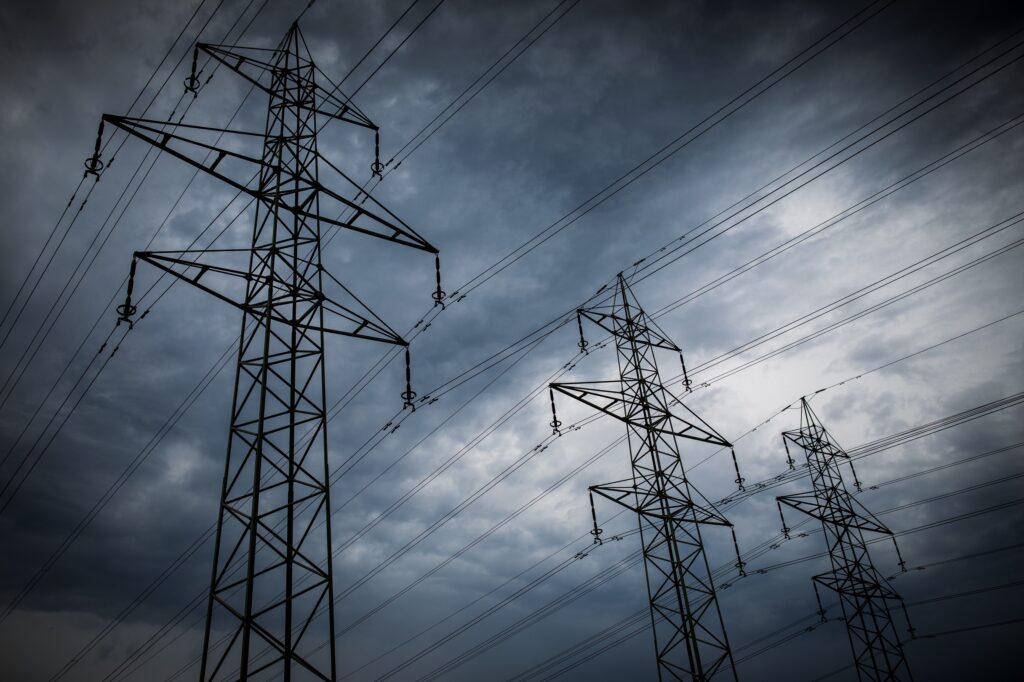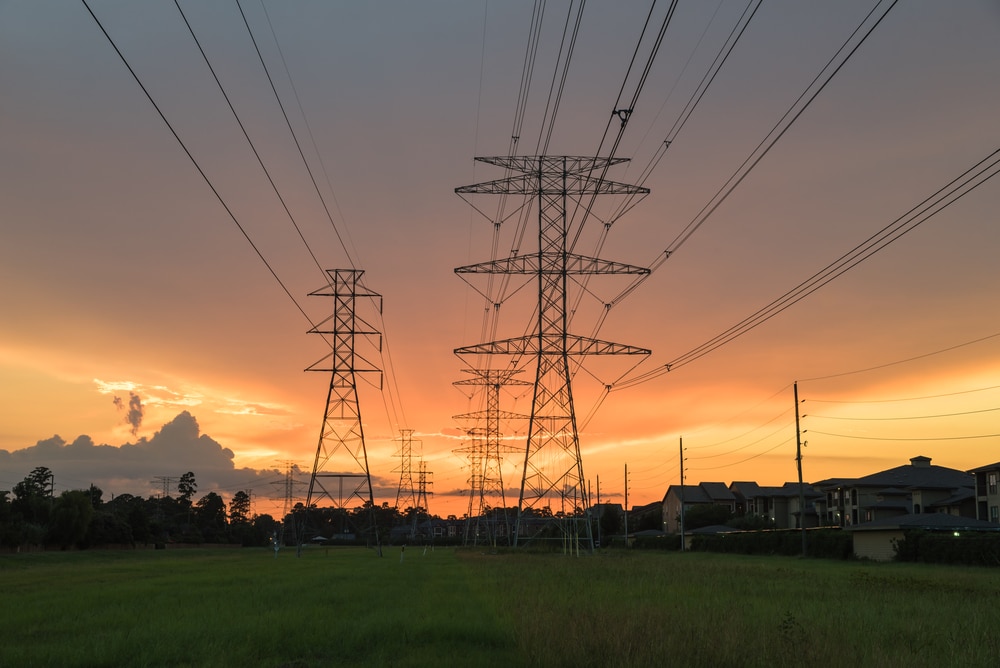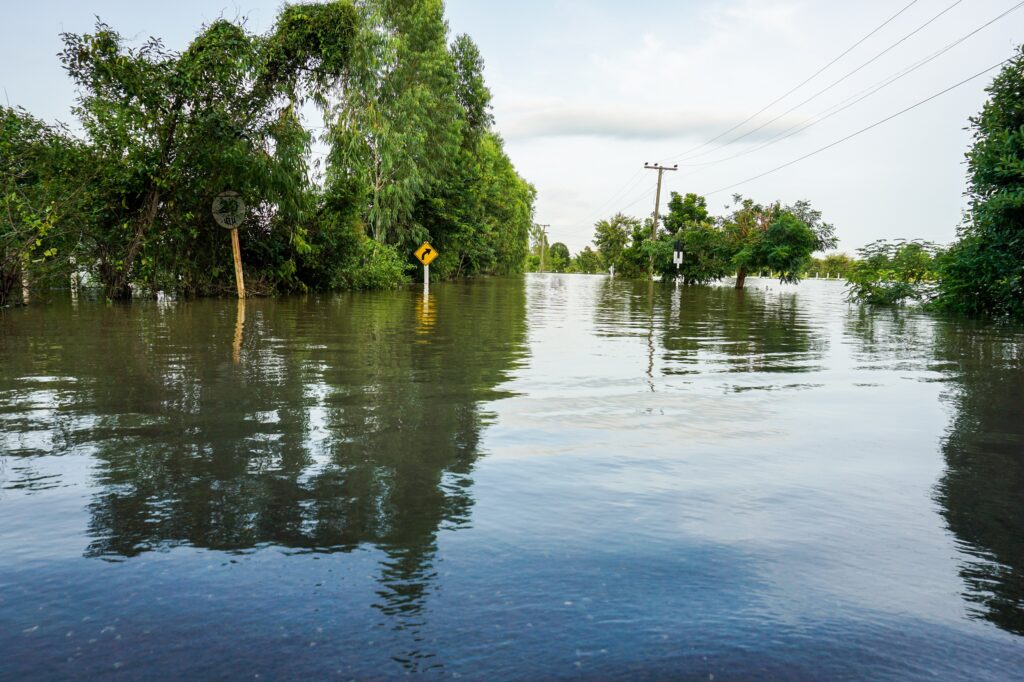Surprise! Competitive generation outperformed regulated monopolies during the Texas winter storm
Since Winter Storm Uri left millions in the dark this February, opponents of electricity markets have cited the incident as proof that Texas’ competitive electric model is fatally flawed. Critics have sought to blame the storm-related blackouts on everything from retail choice to the state’s independent electric grid, run by the Electric Reliability Council of Texas (ERCOT). But a new study from Rice University’s Baker Institute indicates that competitive generation actually outperformed regulated generation during the storm.
The Baker study is based on an often-ignored feature of the Texas system: while most of the state is open to retail electric choice, certain areas remain under the old monopoly model, with either a municipally owned utility or a co-op providing exclusive electric services. The study looked at how much of the generation outages during Winter Storm Uri were from competitive generators and how much was from regulated entities. When outages in these monopoly-regulated areas are compared to that of competitive areas, the study found that “the resource entities that remain fully regulated performed less well even excluding a strong outlier.”

There are two important things to note here. First, the Baker analysis separated generators who exclusively produce wind and solar power. Second, the study also excluded from the regulated group one utility that performed far worse than the rest of the group. This means that the poor performance of the regulated group was not driven by the abysmal performance of this one entity.
The study also addressed arguments that a capacity market would have helped alleviate the blackouts, stating that “ERCOT’s issue was not the lack of capacity but rather that its planned capacity could not deliver due to unplanned outages.” If a generator wins a capacity auction and then cannot perform, it has to pay a penalty, but as the Baker analysis noted, the $9,000 megawatt hours (MWh) price cap in ERCOT is higher than the penalties for non-performance in most capacity markets. Indeed, the introduction of competition in the 1990s led to a decline in outages.
Data like this likely won’t quiet the most vociferous critics of electric markets. But it’s worth pushing back on false claims that a weather-related event has somehow discredited the competitive regulatory model that has produced substantial benefits for consumers.







